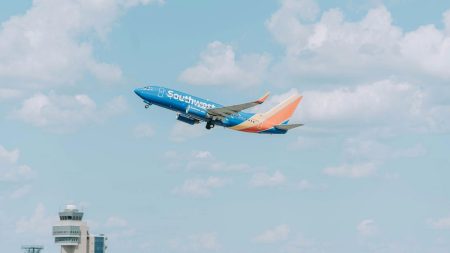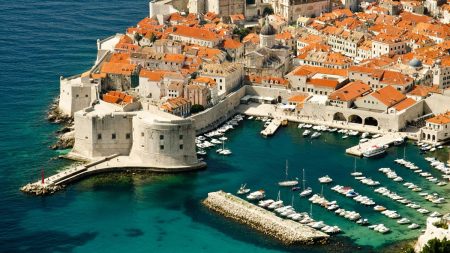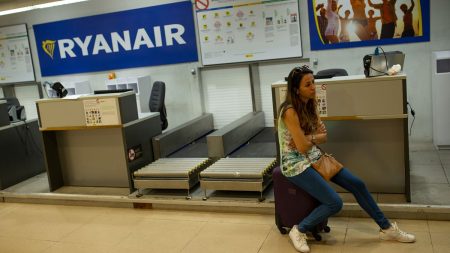Enhanced Cross-Border Traffic Law Enforcement and Noise Pollution Regulations Across Europe
The year 2025 has ushered in a series of significant changes to road regulations across Europe, impacting both local drivers and international travelers. The European Union has implemented stricter enforcement of cross-border penalties for traffic offenses, aiming to hold drivers accountable for their actions regardless of where the infraction occurred within the Schengen Zone. This crackdown targets serious offenses such as driving under the influence of alcohol or drugs, speeding in urban and rural areas, and causing accidents resulting in severe injuries or fatalities. Drivers found guilty of these offenses in one Schengen country could now face repercussions, including license revocation, in their home country. This measure reinforces road safety by ensuring that drivers are subject to consistent legal consequences throughout the Schengen area.
Switzerland has stepped up its efforts to combat noise pollution by introducing hefty fines for “avoidable noises” produced by vehicles, including exhaust backfires. Fines of up to €10,600 can be imposed for these violations. Existing sanctions for noise pollution have also been increased, such as the penalty for unnecessarily leaving an engine running, which has risen to €85. Simultaneously, Switzerland is embracing advancements in automotive technology by permitting the use of autopilot functions in automated vehicles within designated cantons. This progressive move allows drivers to relinquish control of the steering wheel under specific conditions, though they must remain alert and prepared to retake control when prompted by the system. Furthermore, designated parking areas will allow driverless parking of automated vehicles, further integrating this technology into the Swiss transportation landscape.
France Expands Low-Emission Zones and Germany Enhances Safety Measures
France is significantly expanding its network of low-emission zones (ZFEs), adding 30 more towns to the existing 12. This expansion aims to improve air quality in urban areas by restricting access to vehicles with higher emission levels. Drivers entering these ZFEs are required to display a Crit’Air sticker, which categorizes vehicles based on their pollution output. Non-compliance can result in substantial fines. Several existing ZFEs, including those in Greater Paris, Lyon, Grenoble, and Montpellier, are implementing stricter regulations, further limiting access for higher-polluting vehicles. These measures underscore France’s commitment to reducing emissions and promoting cleaner transportation options within its cities.
Germany has introduced several changes to its driving regulations, focusing on both administrative efficiency and safety enhancements. A deadline has been set for exchanging older paper driving licenses for digital versions, streamlining the licensing process. Furthermore, the country’s CO2 tax has been increased, contributing to efforts to achieve carbon emissions reduction targets. This increase will impact fuel prices, incentivizing the adoption of more fuel-efficient vehicles. Additionally, mandatory safety checks for caravans and motorhomes equipped with LPG systems have been introduced, ensuring the safe operation of these vehicles on German roads.
Increased Penalties for Driving Offenses and Adjusted Toll Costs in Italy and Austria
Italy has implemented stricter penalties for a range of driving offenses, including driving under the influence of alcohol, using a mobile phone while driving, and speeding. These increased fines aim to deter dangerous driving behavior and improve road safety. License suspensions are also possible for these offenses, further emphasizing the severity of these infractions. These measures signify a concerted effort to address prevalent traffic violations and create a safer driving environment.
Austria has increased the cost of its mandatory motorway sticker (vignette), impacting both domestic and international drivers using Austrian motorways. This price adjustment reflects changing economic conditions and helps maintain the country’s motorway infrastructure. The increased costs apply to various vignette durations, from daily to annual passes.
New Traffic Flow Regulations for Motorways in Spain
Spain has introduced new regulations for motorway driving aimed at improving safety and traffic flow in challenging conditions. During adverse weather, drivers are restricted to the right-hand lane, with overtaking prohibited. This measure ensures access for emergency vehicles and snow ploughs. In traffic jams, drivers are required to create a central corridor for emergency vehicles by moving to the outermost lanes. Motorcyclists are permitted to use the hard shoulder in traffic jams and hold-ups, providing them with a safer and more efficient way to navigate congested areas. These regulations are designed to enhance safety and efficiency on Spanish motorways, particularly during challenging traffic or weather situations.
These combined changes across several European countries demonstrate a growing focus on road safety, environmental protection, and the integration of new automotive technologies. Drivers planning trips across Europe are advised to familiarize themselves with these evolving regulations to ensure compliance and avoid penalties. The trend towards stricter enforcement and increased penalties highlights the importance of responsible driving behavior and adherence to local laws. The integration of technology, such as automated driving systems, demonstrates a forward-thinking approach to transportation, while regulations addressing noise and air pollution reflect a commitment to a more sustainable and environmentally conscious future.














